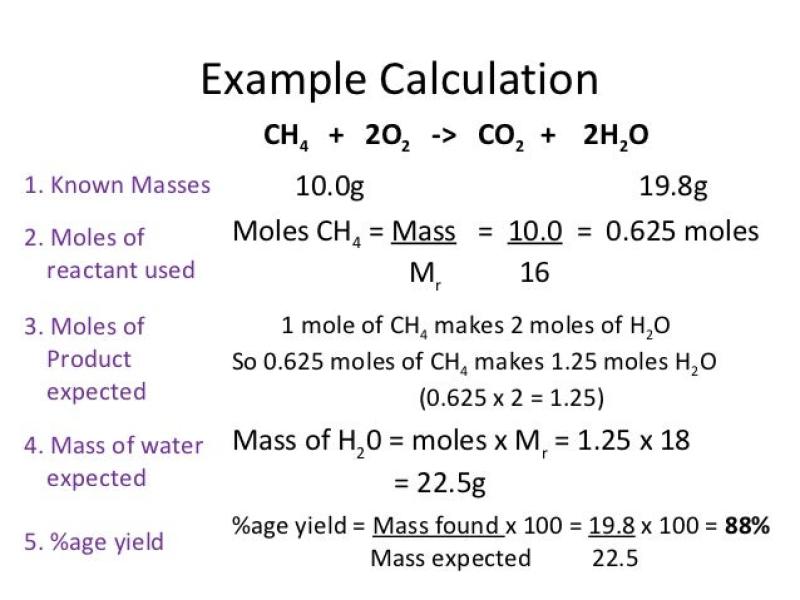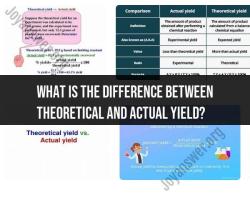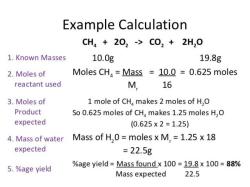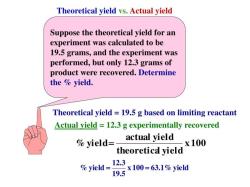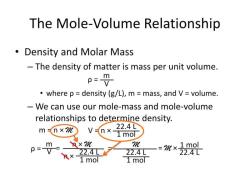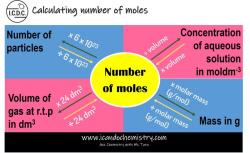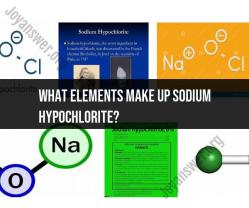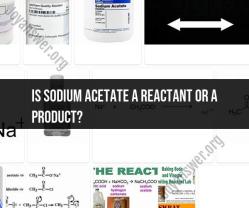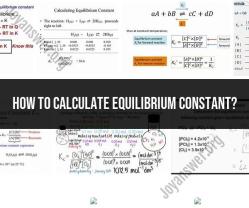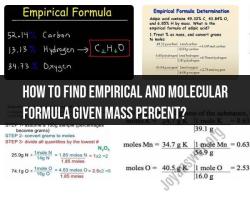Which formula can be used to calculate the theoretical yield?
The theoretical yield in a chemical reaction is the maximum amount of product that can be formed under ideal conditions, assuming that all reactants are completely converted into the product. The formula to calculate theoretical yield depends on the balanced chemical equation for the reaction.
Here's the general formula for calculating theoretical yield:
Steps to Calculate Theoretical Yield:
Write the Balanced Chemical Equation:
- Ensure that the chemical equation is balanced. This means that the number of atoms of each element on the reactant side must be equal to the number of atoms of the same element on the product side.
Identify the Limiting Reactant:
- Determine which reactant is the limiting reactant. The limiting reactant is the one that is completely consumed in the reaction, limiting the amount of product that can be formed.
Determine Stoichiometric Coefficients:
- Look at the balanced chemical equation and identify the stoichiometric coefficients (coefficients in front of the reactants and products). The coefficients represent the mole ratio in which reactants are consumed and products are formed.
Apply the Formula:
- Use the formula to calculate the theoretical yield:
Example:
Consider the reaction:
If 4 grams of A and 9 grams of B are reacted, and you want to find the theoretical yield of product C, follow these steps:
Balance the Equation:
Identify the Limiting Reactant:
- Determine which reactant is limiting. Calculate the moles of A and B using their molar masses.
Determine Stoichiometric Coefficients:
- In the balanced equation, the stoichiometric coefficient for A is 2, and for B, it is 3.
Apply the Formula:
Plug in the values and calculate.
Keep in mind that the units for mass should be consistent (grams or moles) when using this formula. Additionally, the calculated theoretical yield represents an idealized maximum and may not be achieved in actual laboratory conditions due to factors such as incomplete reactions or side reactions.
What mathematical formula is utilized to compute the theoretical yield in a chemical reaction?
The theoretical yield in a chemical reaction can be calculated using the following formula:
Theoretical Yield = Limiting Reactant × Stoichiometric Ratio × Molar Mass of Product
where:
- Limiting Reactant: The reactant that is completely consumed in the reaction and determines the maximum amount of product that can be formed.
- Stoichiometric Ratio: The ratio of the moles of the product to the moles of the limiting reactant, obtained from the balanced chemical equation.
- Molar Mass of Product: The mass of one mole of the product.
Here are the steps to calculate the theoretical yield:
1. Balance the chemical equation. This ensures that the number of atoms of each element is the same on both sides of the equation.
2. Identify the limiting reactant. This is the reactant that is completely consumed in the reaction and limits the amount of product that can be formed.
3. Find the moles of the limiting reactant. This can be done by dividing the mass of the limiting reactant by its molar mass.
4. Use the stoichiometric ratio to find the moles of the product. Multiply the moles of the limiting reactant by the stoichiometric ratio from the balanced chemical equation.
5. Calculate the theoretical yield. Multiply the moles of the product by its molar mass.
Here is an example:
Balanced Chemical Equation: 2 H2 + O2 → 2 H2O
Limiting Reactant: Assume we have 2 moles of H2 and 1 mole of O2. Since O2 is needed in a 1:2 ratio with H2, and we only have 1 mole of O2, it will be completely consumed and limit the amount of water produced.
Moles of Limiting Reactant: 1 mole
Stoichiometric Ratio: From the equation, 2 moles of H2O are produced for every 1 mole of O2.
Moles of Product: 1 mole O2 × 2 moles H2O/mole O2 = 2 moles H2O
Molar Mass of Product: 18 g/mol (H2O)
Theoretical Yield: 2 moles H2O × 18 g/mol H2O = 36 grams H2O
Therefore, the theoretical yield of water in this reaction is 36 grams.
